My Proposal
I’ve written my proposal in about week 5 or 6,because my tutor told me to do it as early as possible which was really good on hindsight.
What is the intended idea/concept of the project?
I intend to create a dynamic showreel showing my skills in 3D
modelling, texturing, and matchmoving for visual effects using
a science fiction overall theme with steampunk elements to fully
exploit the possibility of creating photorealistic textures that tell
the object’s story. I plan on creating a semi-complex model that
I’ll put into a short urban scene. This so called ‘matchmoving’
is generally the traditional entry route for VFX artists, combines
texturing, modelling and putting the object into moving footage
and is therefore a valuable skill to have.
Describe the intended audience:
My intended audience is potential employers, visual effects
companies as well as computer generated image companies that
I can send my showreel to or that might discover my work on
video streaming websites such as youtube and vimeo or in dedicated
forums.
How will this project extend your creative and technical
skills?
I switched from Cinema 4D to Blender. This software swap already
challenges me in a great way of relearning how to model
in Blender and getting used to the program. I have general
knowledge about 3D modelling, but have never learned about
texturing, UV unwrapping, realistic lighting or matchmoving.
I was taught the basics of modelling, but everything else I taught
myself by watching, reading and following tutorials. Therefore
creating this showreel is a great opportunity to learn the basics
of the before mentioned VFX skill set.
I want my showreel to stick out, so I will come up with a very
short story for the object I created, preferably raising a question
or talking about an age old question or topic such as ‘Nature vs.
Human’. This allows me to challenge myself with coming up with
creative ideas for an enigmatic object, that isn’t too complex to
understand in roughly 30 seconds.
What other work (by animators, designers, film-makers,
writers, digital media producers, etc.) is relevant to your
project? (This work may either be relevant for its conceptual,
inspirational or technical similarity):
I have looked at several VFX studios such as ‘The Mill’, ‘Cinesite’,
‘Double Negative’, ‘milk’ and ‘Zeilt Productions’. I looked at
their showreels and noticed that although these vary from 2 minutes
to 5 minutes in length, they do share one common trait: The
footage snippets showing the VFX work are all very short and
snappy, straight to the point. I also looked at David Elwell, Jacob
Flint and Maxwell Smith’s showreels, that are each roughly a minute
long and have come to like David Elwell’s Stålenhag best.
It is a simple and short concept, but it does tell a story and raises
questions such as ‘What is that object?’, ‘What is it doing in that
field?’, What is that man doing with the box he takes out of the
object?’ and many more. This effect of leaving the spectator with
questions is exactly what I wish to create with my showreel. Binding
a story to the showreel makes it stick out of the crowd of the
many ‘here is all my work, look what I can do’ presentations that
flood youtube and makes the work stick with the viewer. An enigmatic
object in moving footage also shows all of the VFX skills
you need to get started in the working world.
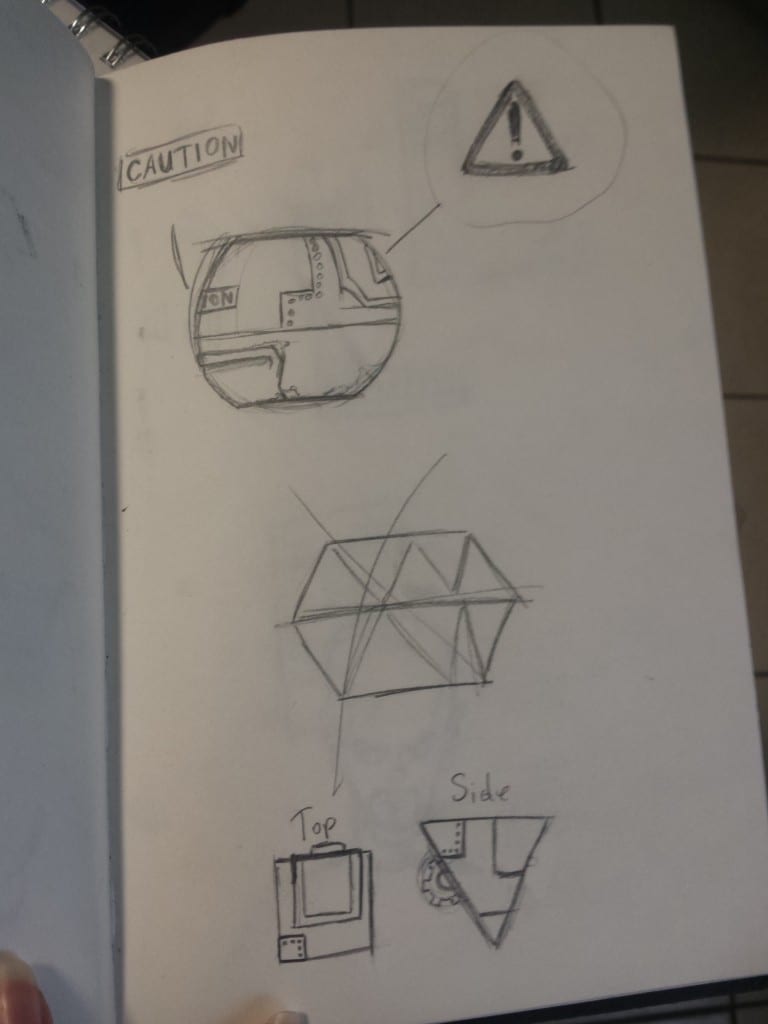
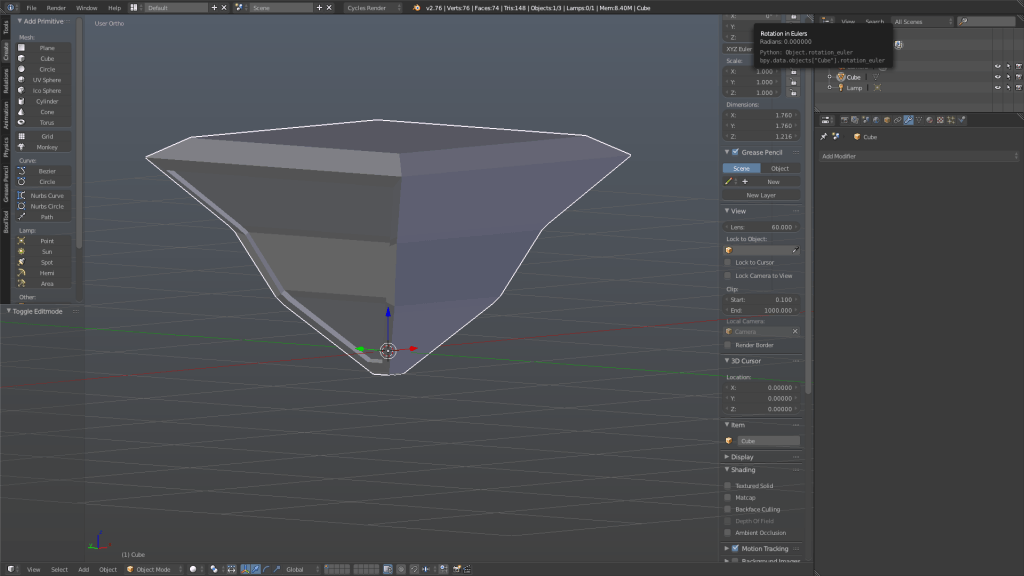
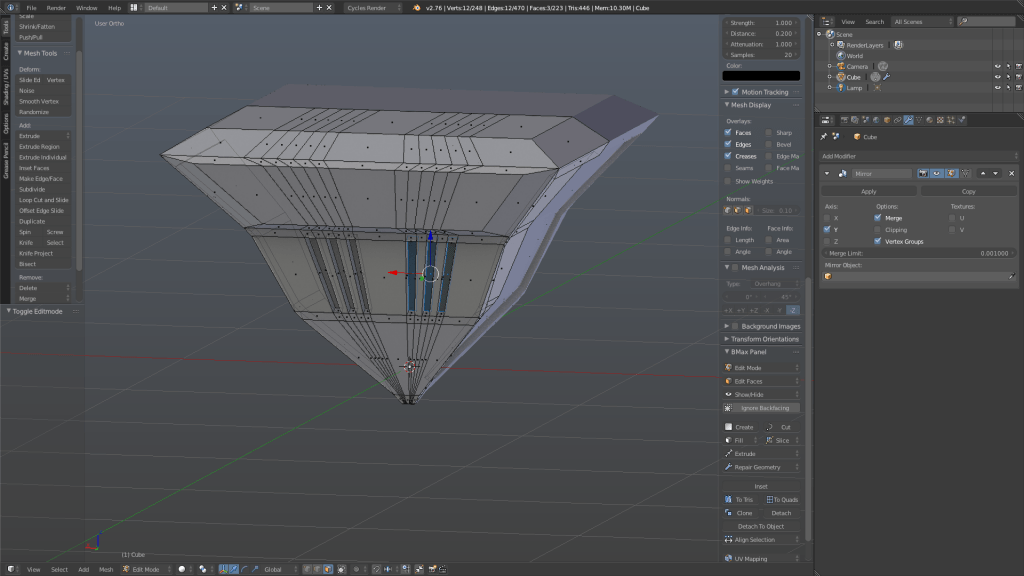
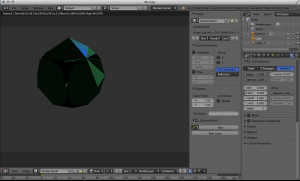
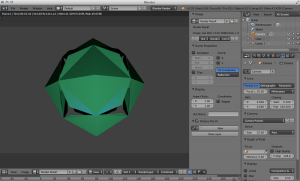
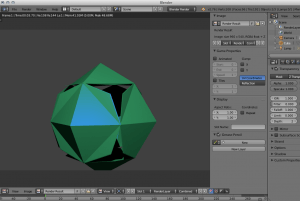


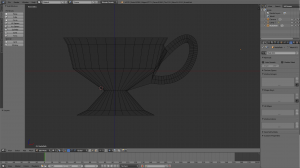

Recent Comments